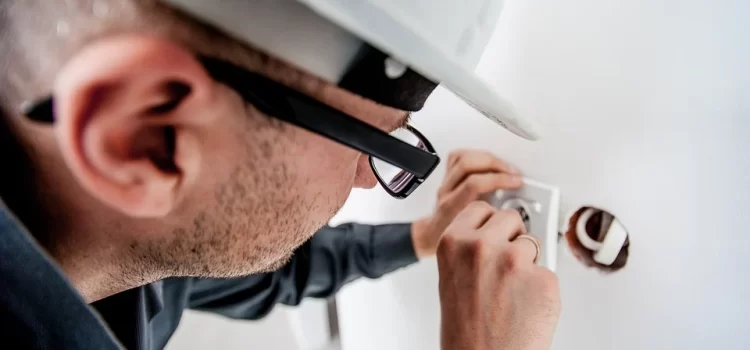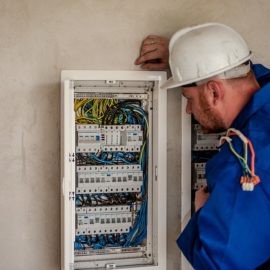
In certain circumstances, you sometimes see sparks coming out of your power strips. Better yet, when you want to turn on your television, you are often electrocuted by an appliance? In reality, these two previous situations only attest to the fragility of your electrical installation. In this case, the ideal is to secure your installation to guarantee more protection. But, how to proceed to protect these installations in question? Here is what you will discover in the following lines!
Step 1: Put a Circuit Breaker in Your Electrical Installation
To protect your installation, the first action to take is to install a circuit breaker in your home. Indeed, the role of the circuit breaker is to stop the operation of the electrical installation instantly. When this material is in your installation, you will be able to reduce the damage of the overcurrent. However, to avoid the circuit breaker being useless, you must install it in an accessible place.
For example, install it in the corner of your living room or near one of the switches. Apart from this parameter, it is also necessary to provide a circuit breaker for each electrical circuit. Sometimes, a single house has several electrical circuits, and in this case, a single circuit breaker will not be able to do the job effectively. By installing multiple breakers, you can keep your system safe for an entire year.
Step 2: Install a Ground Fault Circuit Interrupter
You can also install a ground fault circuit interrupter to secure your electrical installation. Unlike the circuit breaker, the residual current device does not act directly on the installation but rather on the devices. Otherwise, this protection first compares the incoming and outgoing current of the devices in the circuit. In the case of non-conformity, the differential sends the excess current out of the device and the network.
Thus, the differential protection device protects your electrical appliances from damage. But, for better efficiency of the differential protection, you should choose a good quality accessory. For this purpose, use in the installations differential protection with a maximum sensitivity of 30mA. This way, your installation is protected against all disasters.
Step 3: Install an Equipotential Bonding in Your Home
To effectively secure the electrical installations, it is also possible to use protective equipotential bonding (PEB). This is important because it ensures there’s no electrical potential between the electrical conductors in your installation. Otherwise, there will be no more charge transfer with the equipotential bonding, and your appliances will not burn out. Also, you will no longer be electrocuted after touching the devices of your installation.
For your LEP to work correctly, you must use copper or aluminum wires to reduce the transfer of charges. Also, the connection must be made directly to the ground to discharge the dangerous current quickly. Another precaution would be to use two-colored wires with a cross-section of 2.5 mm squared. By using all these tips, you can easily preserve your electrical installations.
Step 4: Use Quality Electrical Accessories
Another tip to protect your electrical installations is to use quality accessories to make your different circuits. Speaking of quality accessories, you should first check the condition of the electrical wires to be used. For example, if you have to run a high voltage current in your installation, paying for large section wires would be wise. For better use, these wires must be of type H07VR or H07VU.
By using these wires, your interior wiring will be successful, and you will secure your installations. Apart from that, check also the quality of the transformers in your circuit. A quality transformer will be able to modify the voltage and current to your installation appropriately. This action ensures the protection of your devices and guarantees the excellent condition of your electrical installation.



